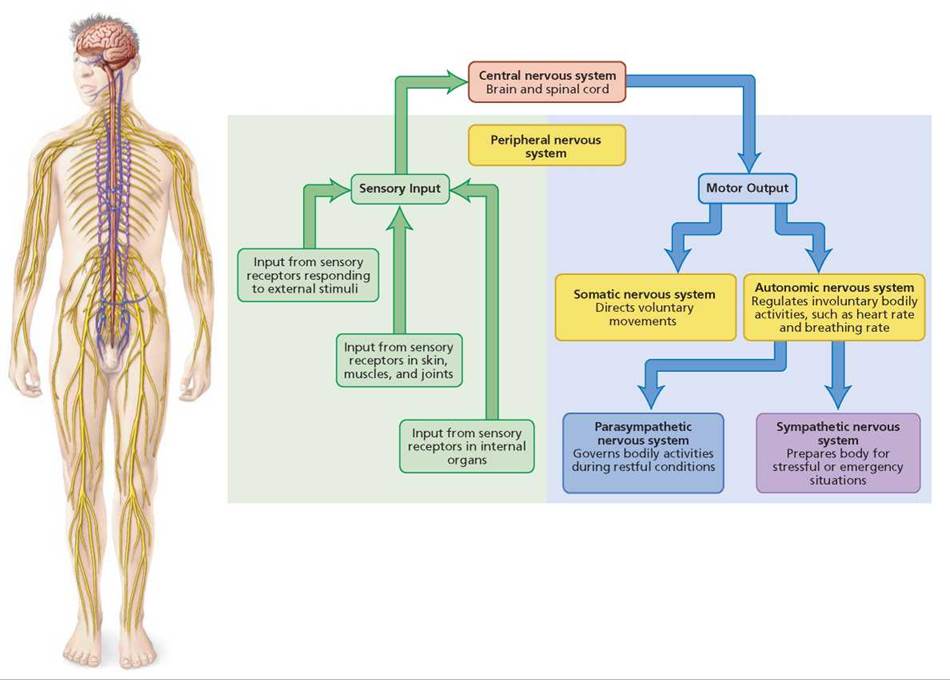
The peripheral nervous system has become a major focus of research in the recent past, as it seems to play an important role in the health of our bodies. The peripheral nervous system consists of all the nerves, glands and muscles throughout the body, along with the circulatory system. It has been discovered to play a significant role in regulating many bodily processes such as respiration, blood pressure, heartbeat, metabolism and other functions.
The Nervous System consists of hundreds of nerve fibers that are extremely long, which have very little or no connection to any specific organ, tissue or place. They are extremely fragile and very easy to damage. This is because they contain no muscular attachment and are not subject to the effects of gravity.
The Nervous Cells and Subserosal Nerve Arteries contain about 100 billion neurons and ten thousand to one hundred million myelin sheaths that act as insulation for the nerve cells. The nervous cells of the PNS are located outside of the central nervous cell compartment and beneath the skin. They are responsible for controlling many body functions and can be injured or destroyed by injury, disease-causing organisms. The central nervous cells of the PNS, on the other hand, are found within the cranial cavity and spinal column and are highly specialized.
The Central Nervous System includes the cerebrum, cerebellum and the medulla oblongata. It is responsible for the coordination of the many sensory, motor, cognitive and autonomic nervous systems and is located in the brain. It is important to note that the three major parts of the brain are the same, but the location of each part is different, including the cerebrum, cerebellum and medulla oblongata.
Two of the main areas in which the PNS interacts with the central nervous system are the cortex and the hippocampus. The cortex of the brain contains the cerebral cortex, the part of the brain responsible for thought and memory. The hippocampus is located on both sides of the head, on either side of the cerebrum.
The PNS can affect many body functions, for example, it can increase the strength and endurance of muscle tissues. It can also help increase the rate of metabolism.
There is a large amount of information being transmitted from the brain to the muscles of the body via the PNS
Muscles can relax and relaxes the muscles and nerves. Muscles can contract and contractions increase the strength of muscles and tissues, giving them a "strenuous"uniform" effect. It can also increase the speed of movement. Muscles can also be relaxed, allowing the muscles to loosen and lengthen, giving the muscles a more "dense"skeletal" feel.
The PNS is important in that it controls a wide variety of bodily processes and body movements, including breathing, heart rate, blood flow, circulation, respiration and the processing of information. It also controls other processes such as the excretion of waste products from the tissues and the elimination of waste products from the tissues, all of which affect many other bodily functions. In summary, the PNS has a major role in the control and regulation of many body processes, including cardiovascular function, respiratory function and metabolism.
When the central nervous system does not have adequate signals from the peripheral nervous system, there may be an imbalance in the functioning of the organs of the central nervous system, or the body may respond inappropriately to external stimuli. Some examples of this are pain, hyperactivity, insomnia and tremors. There may also be an over-sensitivity to stimulation.
The peripheral nervous system is made up of many types of nerves that send and receive messages from the brain. It is composed of different types of neurons such as axon, dendrites and glia (nerve). Nerve growth and expansion occur when the cells of the nerve grow into new tissue, usually growing from an existing nerve, and it creates a new nerve cell.
This process is called neurogenesis and it is what allows the body to develop new muscles
The PNS is a vital component of the nervous system and it plays a vital role in the functioning of the human body, especially in controlling various body functions. It helps in many of the body's functions and in maintaining health.